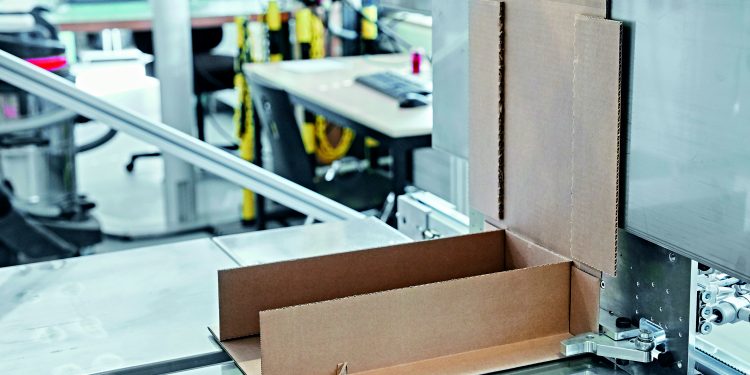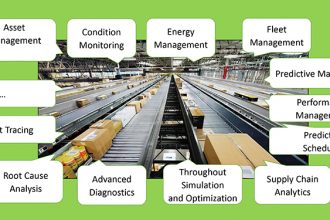Ensuring Sustainability Through Automation

Going forward, there are few major decisions companies will make without some sort of sustainability plan in place. This carries over to the equipment choices and technology they are purchasing, too. The good news is that this isn’t only good for the planet, but for business, too.
Automation technology and intralogistics equipment must prioritize sustainability to ensure that their design, construction, and operation have minimal negative impact on the environment while promoting long-term resource availability. Achieving this goal involves reducing energy consumption, minimizing waste, and using environmentally friendly materials. When it comes to automation solutions and the ever-growing e-commerce segment of the economy, automation can enhance sustainability via packaging, as one big example. In particular, automation can provide right-sized packaging solutions.
The equipment itself also provides an opportunity to do right by the planet. Energy-efficient systems that incorporate low-power components and optimize energy use during idle periods is a good option. Also, using recyclable materials during the production process and implementing waste reduction systems such as closed-loop material handling systems play an important role. Designing equipment with extended lifetimes and easy repairs also lowers the need for frequent new equipment purchases, and when equipment does reach end of life, finding responsible methods for disposal is key.
Seeking reliability in equipment should always be considered as part of the sustainability equation. A reliable system reduces waste and the need for frequent replacements, promoting sustainability by conserving resources. Moreover, a sustainable system is designed to minimize negative impacts on the environment and conserve resources, which can improve reliability by reducing the risk of resource depletion and ensuring the availability of necessary resources for maintenance and repair. A system that is designed to promote sustainability by conserving resources and minimizing waste is more likely to be reliable in the long term. As a result, it reduces risk of failure and offers a longer lifespan. At the same time, a reliable system that operates consistently and without failure contributes to sustainability by minimizing waste and preserving resources.
To reach this sustainable place with your automation, take some of the following steps:
- Ensure your operations and processes are energy efficient to begin with.
- Use power monitoring to enhance sustainability and predictive maintenance, as it can signal an upcoming maintenance concern when there is a surge in equipment power consumption.
- Consider machine learning, which is effective at minimizing energy usage in industrial environments. For example, it can be leveraged to optimize the ramp speed of shuttles on an AS/RS or to identify the most efficient paths for AGVs/AMRs, leading to reduced energy consumption.
Responsibility for monitoring sustainability and reliability can be shared by several parties, including the equipment manufacturer, operator, and any third-party maintenance providers. However, ultimately, the practitioner bears the responsibility of ensuring that the equipment is being used and maintained in a sustainable and reliable manner. The frequency and extent of monitoring required for sustainability and reliability depend on the equipment and its usage. Regular monitoring is crucial to ensure that the equipment is being used and maintained in a manner that promotes sustainability and reliability.
For more information about the Solutions Community: https://www.mhi.org/solutions-community
For further information from the Solutions Community-Condition Monitoring Committee:
Podcast: Condition Monitoring & Reliability: Insights From The Experts In …
Benefits Of Condition Monitoring Sensors In The Material Handling World



